the excavation involves archaeology students from Glasgow University, archaeologists from across the United Kingdom, and community members. According to Gavin MacGregor, director of Archaeology Scotland, “bringing people together to congregate on the hillside, working through questions together, in a strange way has an affinity to those people making the sense of the world when the cursus was first constructed

A team of archaeologists working alongside local volunteers uncovered part of Britain's only complete Neolithic cursus.
Archaeologists working on the Isle of Arran's south-west coast uncovered an ancient monument. The large rectangular enclosures of the monument are distinct from the everyday settlements and farmland. These structures, dating back to between 4000 and 3000 BCE, were constructed as areas for processions, ceremonies, and gatherings.
In August, a team of archaeologists began their excavation at Drumadoon, a cliff on the Isle of Arran, to uncover the only complete Neolithic cursus monument in Britain. The structure ranges from 200 metres to 10 kilometres long, representing the largest and earliest monumental constructions in the Isles.

The Arran cursus is approximately 1.1 kilometres in length and lies near the stone circles of Machrie Moor. "It's strategically located to provide a route from the coast to the island's interior and to showcase Macrie Moor," claims Kenny Brophy, a senior archaeology lecturer from Glasgow University and cursus specialist.
It is believed that the architects of the cursus, some of the earliest farmers in Scotland, constructed it as a guide and a spectacle. Given that archaeologists, who used modern equipment, could unearth only a small portion of the cursus, the monument's construction must have required significant time and effort from early farmers.
Brophy suggests that the cursus was constructed over time either by the local community or visiting groups of workers on a pilgrimage.
Part of a More Extensive System

The cursus was discovered five years ago using a laser-light method to examine the Earth's surface by Historic Environment Scotland. The monument was exceptionally well-preserved thanks to its upland location and distance from farming areas.
According to Professor Nicki Whitehouse, a specialist in archaeological science at the University of Glasgow and a member of the core investigative team, the initial discoveries have revealed ceremonial and farming landscapes. She added that the entire Drumadoon landscape is presumably a significant part of a much more extensive system, including the ritual site at Machrie Moor.
arkeolojikhaber.com

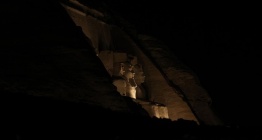
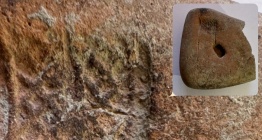
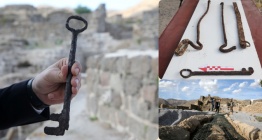
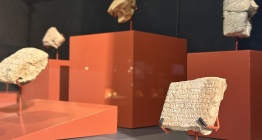
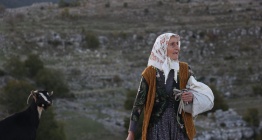


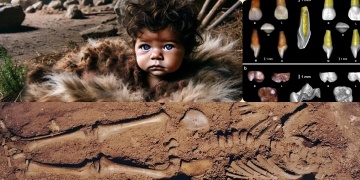 Buz devrinde 16 aylıkken ölen bebeğin mavi gözlü olduğu anlaşıldı
Buz devrinde 16 aylıkken ölen bebeğin mavi gözlü olduğu anlaşıldı 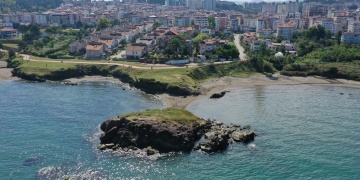 Ayanikola Kilisesi Restorasyon ve Çevre Düzenleme Projes hayata geçiriliyor
Ayanikola Kilisesi Restorasyon ve Çevre Düzenleme Projes hayata geçiriliyor  Tarihi Kentler Birliği'nin ekim ayı encümen toplantısı, Şanlıurfa'da yapıldı
Tarihi Kentler Birliği'nin ekim ayı encümen toplantısı, Şanlıurfa'da yapıldı 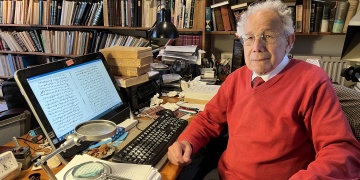 Yazma Eserler uzmanı Prof. Dr. Kasım Al-Sâmerrai: Oryantalistler dilin fıkhını bilmiyor
Yazma Eserler uzmanı Prof. Dr. Kasım Al-Sâmerrai: Oryantalistler dilin fıkhını bilmiyor 




